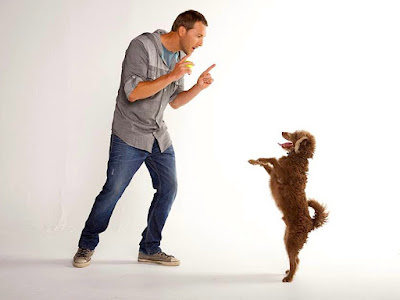Benefits of New Puppy Training
The benefits of new puppy training are numerous. Training your puppy will help you and your pup establish a strong bond, as well as create a strong understanding of the behavior you expect from them. Proper training will also help you to prevent and correct any unwanted behaviors before they become a larger issue. Additionally, training your puppy will help keep them safe, as they will be better able to understand and obey commands in potentially dangerous situations. Finally, training your puppy will help ensure that they grow up to be a well-mannered and socially acceptable member of your family.
Establishing a Schedule
Establishing a regular routine for your new puppy is essential for successful training. Scheduling regular meals, potty breaks, playtime, and naptime will help your puppy understand what is expected of them and what their day will look like. It also helps to create a sense of security and structure in their new environment. Having a consistent schedule will also help you to remember to take your puppy out to potty, which is essential for successful housetraining. Additionally, having a schedule that is consistent will make it easier to identify any issues you may need to address with your pup.
Bonding with Your Puppy
Bonding with your new puppy is an important part of the training process. Bonding with your puppy will help to create trust and understanding between you and your pup. Taking the time to play with your puppy, give them treats, and simply spend time with them will help to strengthen the bond between the two of you. Additionally, it is important to be patient and consistent when training your puppy, as this will help them to understand that you are the leader and that you are in charge.
Socialization
Socialization is an important part of new puppy training. Introducing your puppy to people and other animals in a variety of settings can help to ensure that they grow up to be confident and well-adjusted. Taking the time to socialize your pup while they are young will help to prevent any issues with aggression or anxiety in the future. Additionally, socialization can help to ensure that your pup is comfortable with a variety of situations, such as going to the vet or meeting new people.
Training Basics
The most important part of training your new puppy is to start as soon as possible. Puppies at least 8 weeks old are capable of learning right away, so the best time to start is now! Puppies as young as eight weeks old can begin working on good behavior training right away, like greeting people without jumping up and basic manners like “sit” and “come.” It is important to keep the training sessions short and fun, and to always end each session on a positive note. Additionally, it is important to reward your puppy with a small treat after they finish a task.
Potty Training
Potty training is an important part of new puppy training. It is important to be consistent with your puppy's potty routine and to take them out to potty at regular intervals throughout the day. Additionally, it is important to establish a designated potty area for your puppy and to reward them with a treat every time they go to the bathroom in the right spot. It is also important to remember that accidents are inevitable, and to stay calm and consistent when dealing with them.
Recap of the Benefits of New Puppy Training
Training your new puppy is an important part of ensuring they grow up to be a happy and well-behaved member of your family. Taking the time to properly train your puppy will ensure that they understand what is expected of them and that they can live up to your expectations. New puppy training can be a fun and rewarding experience for both you and your pup, and the benefits of doing so are numerous.
Encouragement to Get Started
If you’re a new dog owner, it can be tempting to put off training your puppy until they’re older. However, it is important to start training your puppy right away. Puppies as young as 8 weeks old are capable of learning, and the earlier you can start training your pup, the better. Training your pup while they are young will help to ensure that they learn good behavior and understand the expectations you have for them. So, if you’re a new dog owner, don’t put off training your pup any longer—start today!


